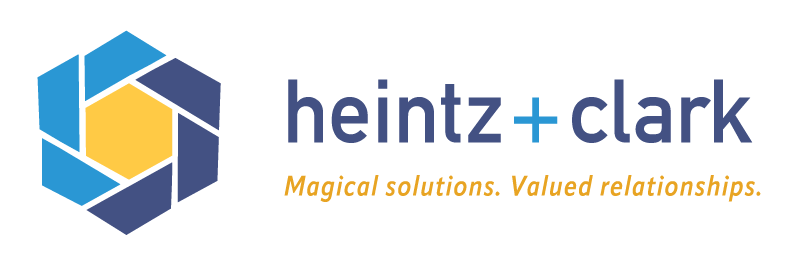A Brief Summary of Financial Relief During COVID-19
Intro
Due to the COVID-19 pandemic – which resulted in widespread job loss and economic hardship – the House and the Senate successfully passed The Coronavirus Aid, Relief, and Economic Security (CARES) Act which was signed into law on March 27th, 2020. This article will highlight the key features of the CARES Act, Interim Final Rules, and the PPP Flexibility Act.
03/27/20 The CARES Act
The CARES Act created the Payroll Protection Program (PPP) and the Economic Injury Disaster Loan (EIDL). The PPP was a loan program for small businesses – including 1099 contractors and other self-employed individuals – to assist with payroll and other ongoing business operations. PPP loan recipients could apply for loan forgiveness after 8 weeks. The EIDL was a loan program for small businesses to assist with costs of ongoing operations such as: paid sick leave, payroll, increased material & supply costs, rent, mortgage payments, and repaying obligations. While the EIDL must be repaid, there was an opportunity to apply for an emergency loan advancement of up to $10,000 which did not require repayment. Initially there was no available guidance on whether businesses could apply for or receive both the PPP and EIDL assistance. The CARES Act also contained information regarding Economic Impact Payments (EIPs) – also known as stimulus checks – in an amount up to $1,200 per adult and $500 per child. These EIPs are an advance payment of a temporary tax credit that will be on your 2020 tax return. If you have not already received your stimulus check, you can check its status here: https://www.irs.gov/coronavirus/get-my-payment
04/15/20 - 06/30/20 Interim Final Rules
Additional loan stipulations were later created including a limit to the EIDL emergency loan advancement of $1,000 per employee and a 75/25 rule for the PPP loan which limits spending on non-payroll related costs to 25%. Multiple interim final rules provided further clarity. Borrowers must retain PPP documentation for six years after the date of loan forgiveness or full loan repayment. All loans over $2 million will be audited, but smaller loans and forgiveness applications may still be subject to review. The SBA may review: the loan amount calculation, the loan usage, and the loan forgiveness calculation. The rehire reduction exemption, which waives penalties for the inability to rehire employees, requires borrowers to report rejection offers to the state unemployment office. A limit to owner-employee compensation was determined as either 8/52 or 24/52 of 2019 compensation, depending on the chosen loan period as modified by the PPP Flexibility Act.
06/05/2020 PPP Flexibility Act
The PPP Flexibility Act allows for the ability to increase the 8 week loan period to 24 weeks in order to maximize the number of expenses eligible for forgiveness. The rehire deadline – requiring businesses to return to a pre-COVID number of employees – was extended from June 30th to December 31st. Additional rehire exemptions were allowed with documentation of an inability to rehire individuals or an inability to return to prior levels of business activity. The 75/25 payroll to non-payroll cost expense distribution was changed to 60/40 to provide businesses with more flexibility, the restriction against delayed payment of payroll taxes with PPP loan forgiveness was lifted.
06/19/2020 Press Release
The SBA and Treasury announced that they will disclose the business information and loan amount range of all PPP recipients with loans above $150,000.

